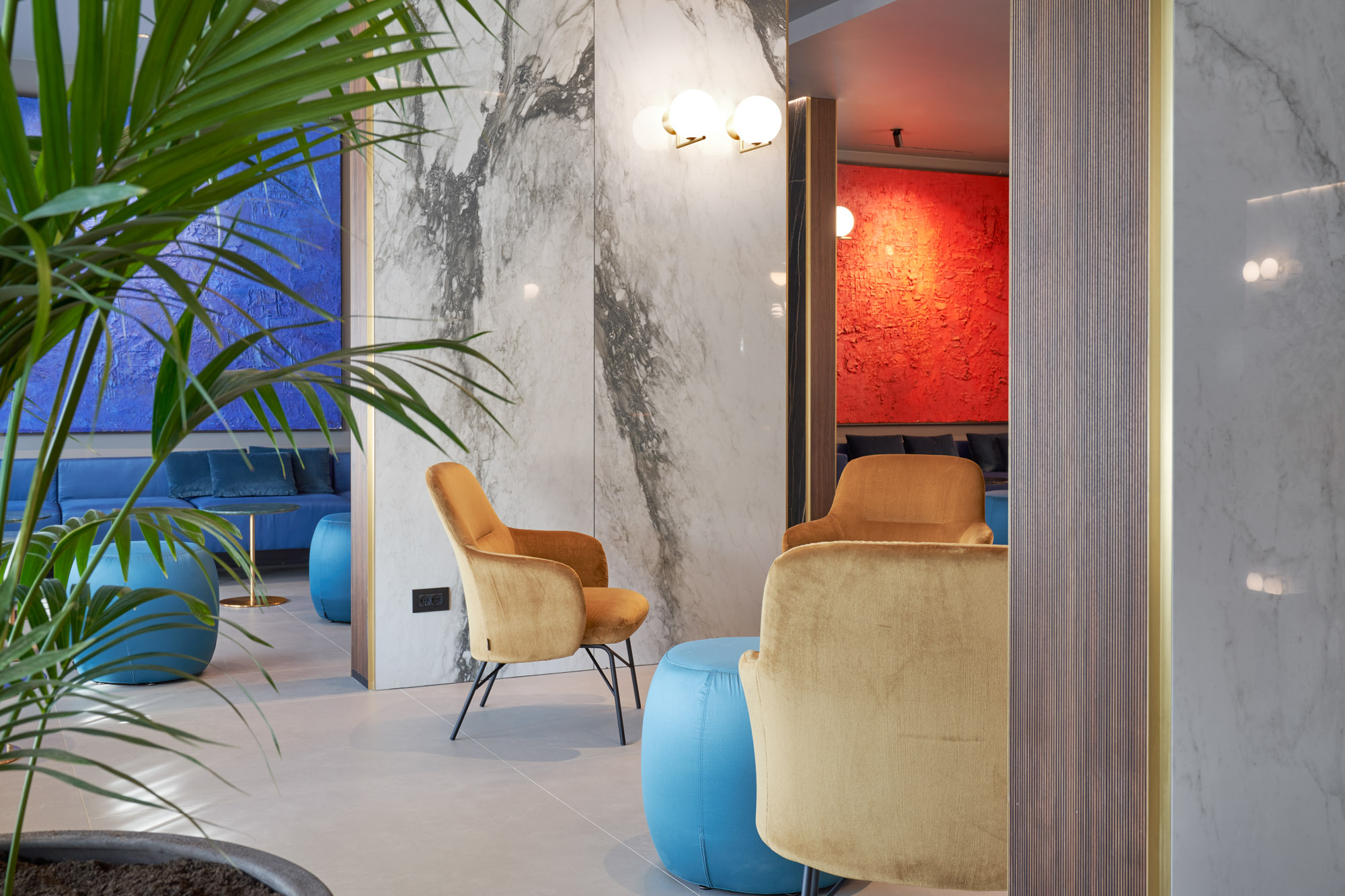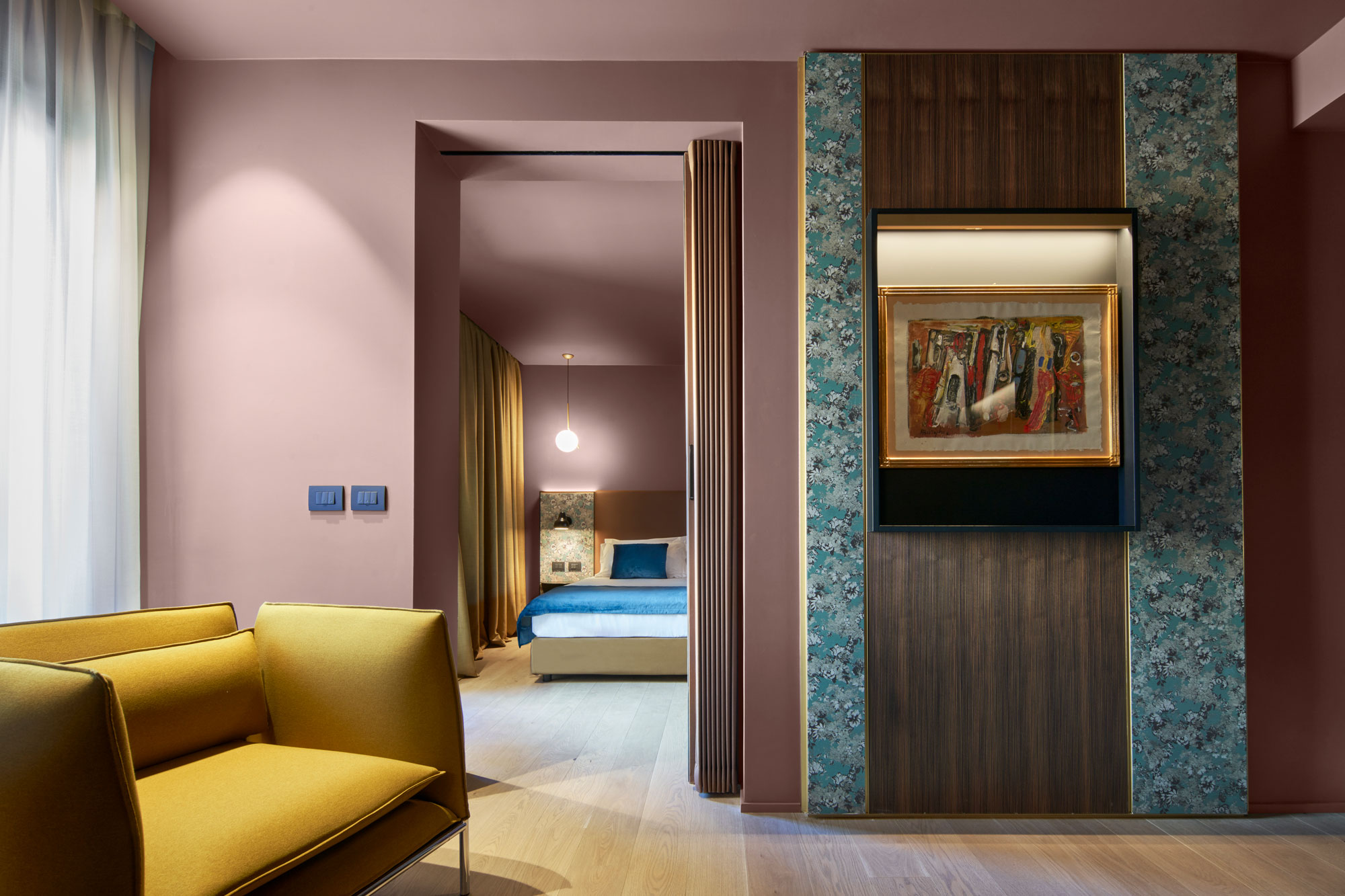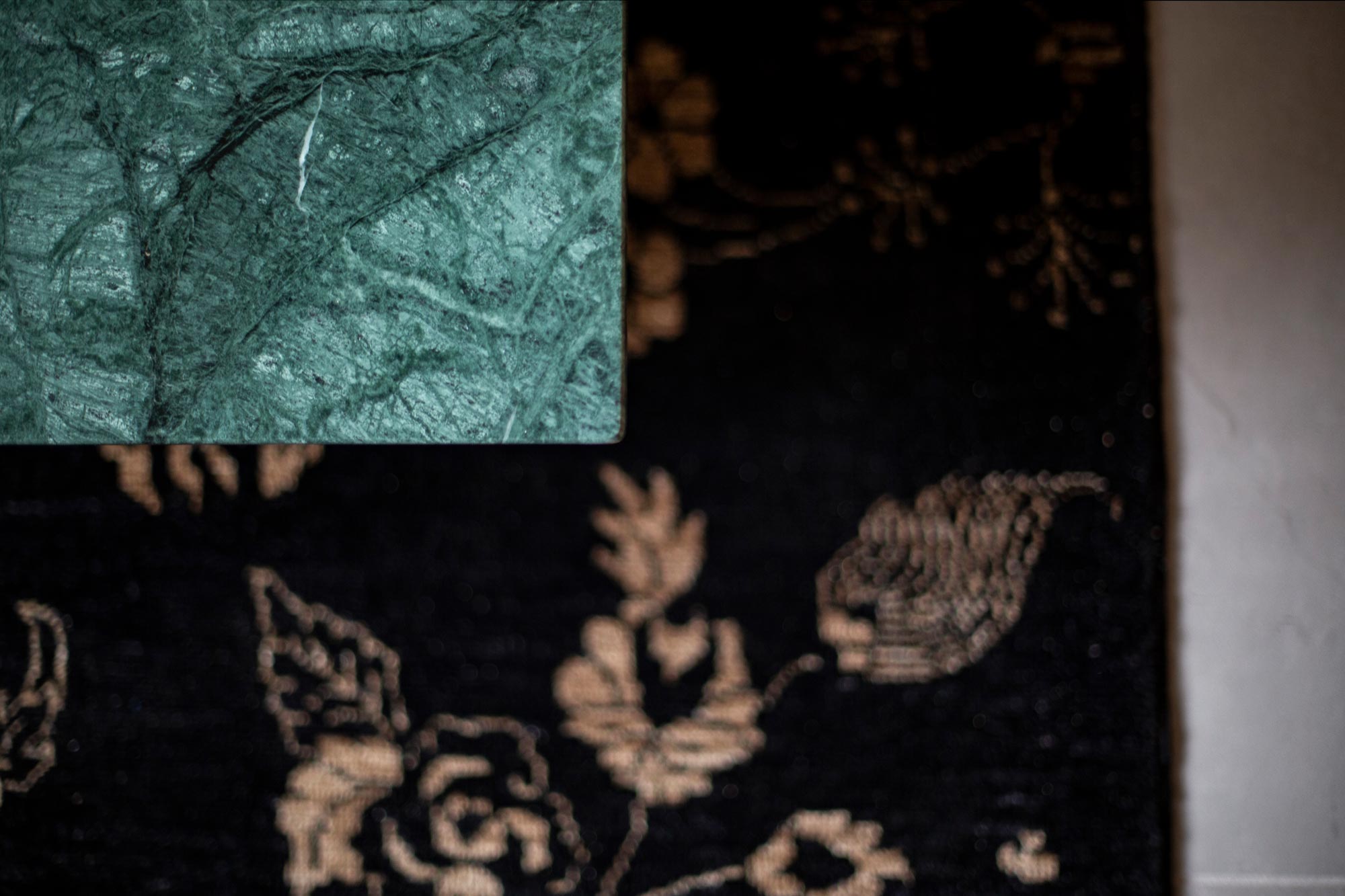The ceramic tradition of Emilia-Romagna: deep roots
Emilia-Romagna has been one of the birthplaces of Italian artistic ceramics for centuries. In particular, the area between Faenza, Imola, Sassuolo and Fiorano Modenese represents the beating heart of what is now called Ceramic Valley. Here, clay processing is a knowledge passed down from generation to generation, which has given rise to works of art, tableware and coatings exported all over the world.
The ceramic museums present in the area are an ideal bridge between the artisan tradition of the past and the contemporary technologies that continue to make this Italian excellence live.
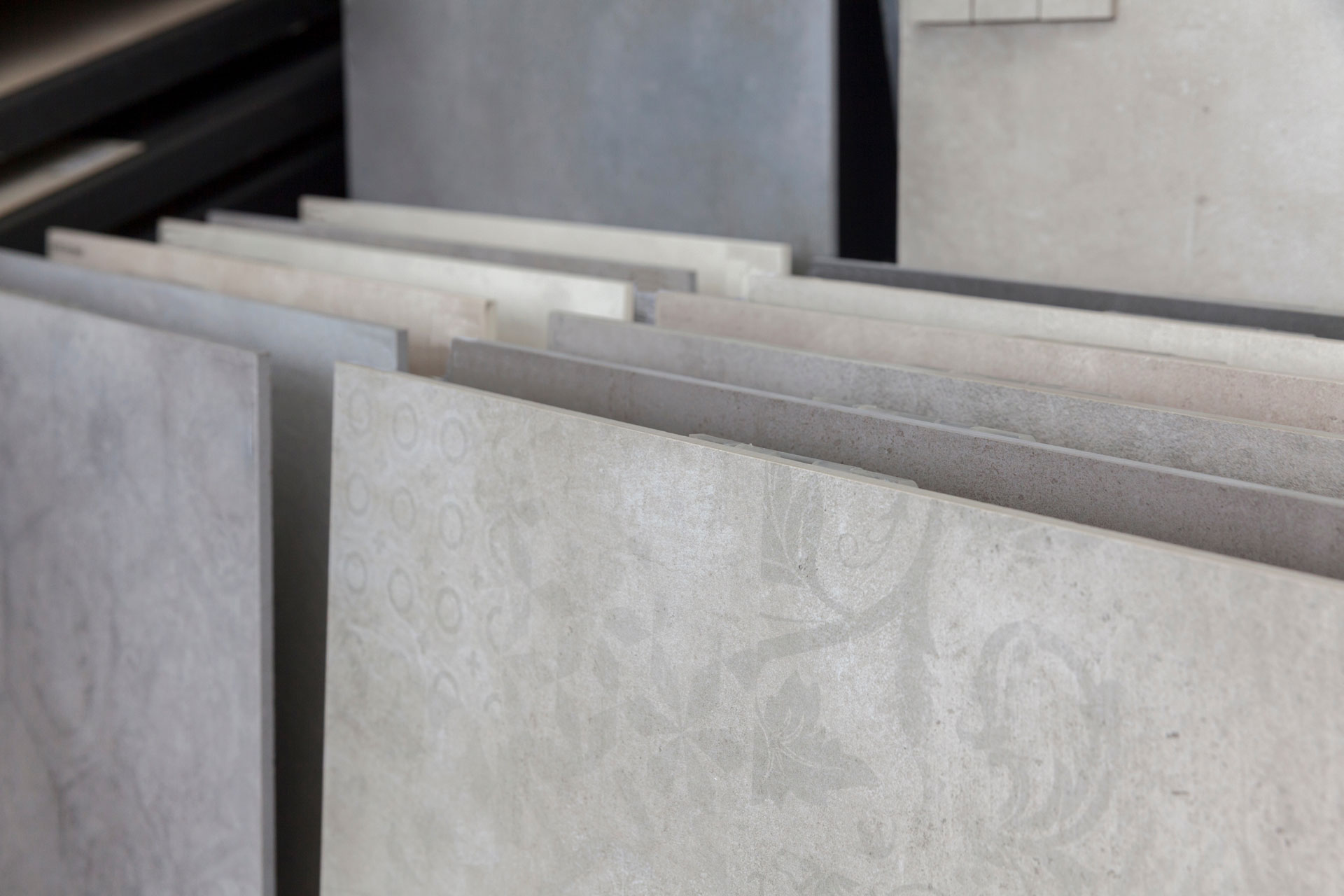
Faenza and the MIC: the International Museum of Ceramics
One of the most famous and important centers is undoubtedly Faenza, symbol city of ceramics. The MIC – International Museum of Ceramics is a world reference point. Founded in 1908, it houses a vast collection ranging from pre-Columbian to Islamic ceramics, as well as modern and contemporary works.
The MIC is not just a museum, but a real cultural workshop, with temporary exhibitions, workshops, educational activities and a specialised library. It is recognized by UNESCO as “Heritage Witness of a Culture of Peace”, a title that further enhances its importance.
Imola: between industrial ceramics and productive archaeology
Imola also plays a key role in the history of ceramics in Emilia-Romagna. The San Domenico Museum houses a section dedicated to local ceramic production, which developed mainly between the nineteenth and twentieth centuries. The museum recounts the transition from artistic to industrial ceramics, focusing on the evolution of techniques and materials.
Imola is also home to important production companies still active today, which link the historical vocation of the area with innovation in the field of ceramic coatings.
Sassuolo and Fiorano: ceramics as an economic engine
Moving towards Modena, Sassuolo and Fiorano Modenese represent the productive heart of the Italian ceramic industry. Here ceramics have undergone a radical transformation, from decorative art to industrial design product. The Museum of Ceramics in Fiorano, set up inside the Castle of Spezzano, tells about this evolution through vintage machinery, samples of tiles and insights into production techniques.
This museum is particularly interesting for those who want to understand how the Ceramic Valley became a world leader in the production of industrial ceramics, while maintaining a link with its artisanal roots.
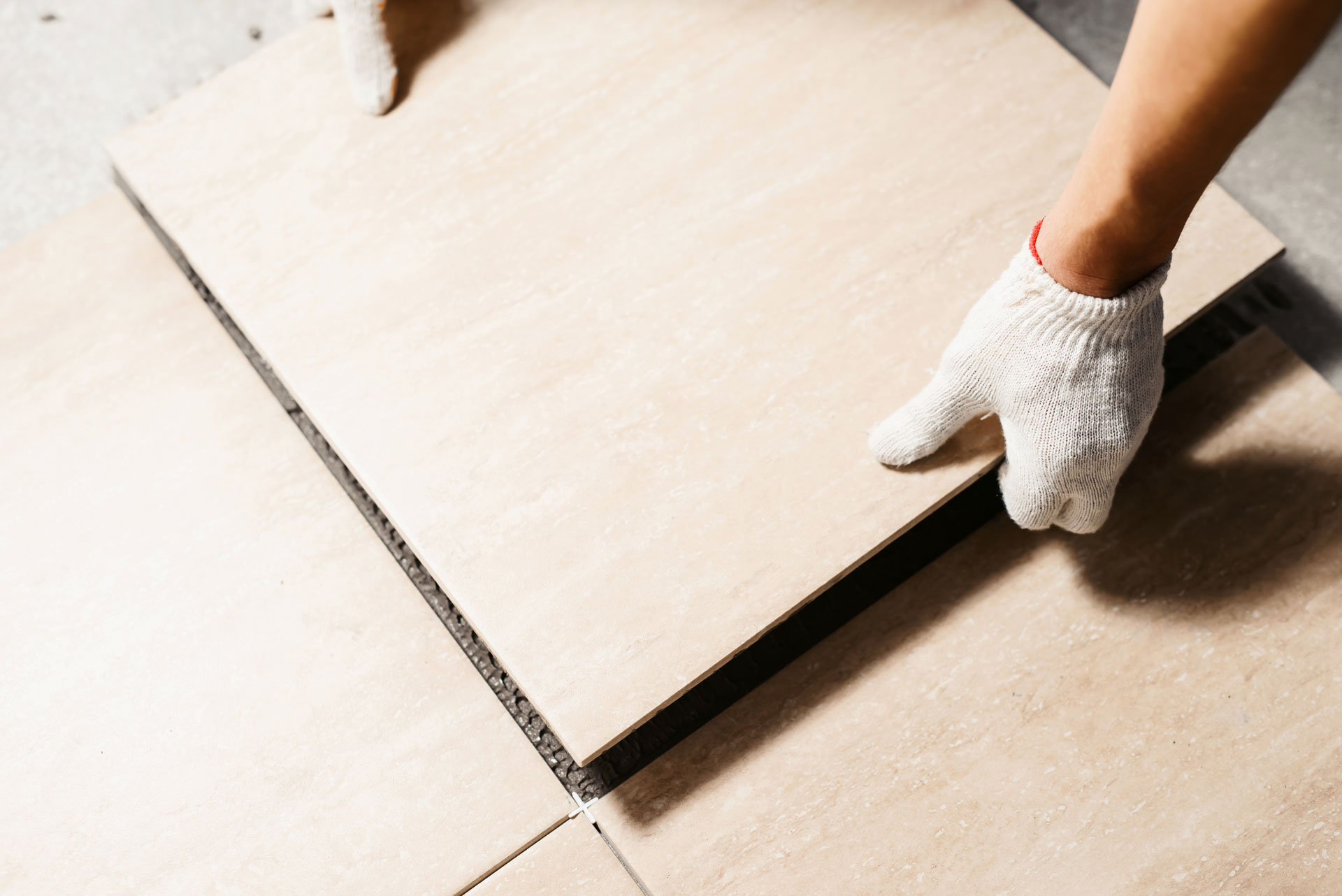
Smaller museums: little gems to discover
In addition to the large cities, Emilia-Romagna hosts a network of smaller museums dedicated to ceramics, often little known but full of charm.
These include the following:
• The Ceramics Museum of Montelupo (near the Tuscan border), which is not in Emilia-Romagna, ideally completes the cultural route.
• The Maiolica Museum of Castelli, which houses Renaissance and Baroque works.
• The small workshops-museum present in various hilly locations, offering immersive experiences between shops, old furnaces and live demonstrations.
A tourist itinerary between art, culture and design
Visiting the ceramic museums in Emilia-Romagna means embarking on a real journey through time, from the Renaissance to Industry 4.0. These locations are ideal not only for art and craft enthusiasts, but also for families, students and design professionals. Each museum is set in a context full of attractions: castles, historic centers, hills, food and wine and themed routes.
A tour in the Ceramic Valley therefore offers a complete experience, where the material and immaterial heritage merges with innovation and beauty of the territory.
Ceramics are an integral part of the cultural and economic identity of Emilia-Romagna. The museums that keep its memory and tell about its evolution are essential stages for those who want to know the creative and productive heart of the region. A heritage that continues to live, inspiring the present and the future.
